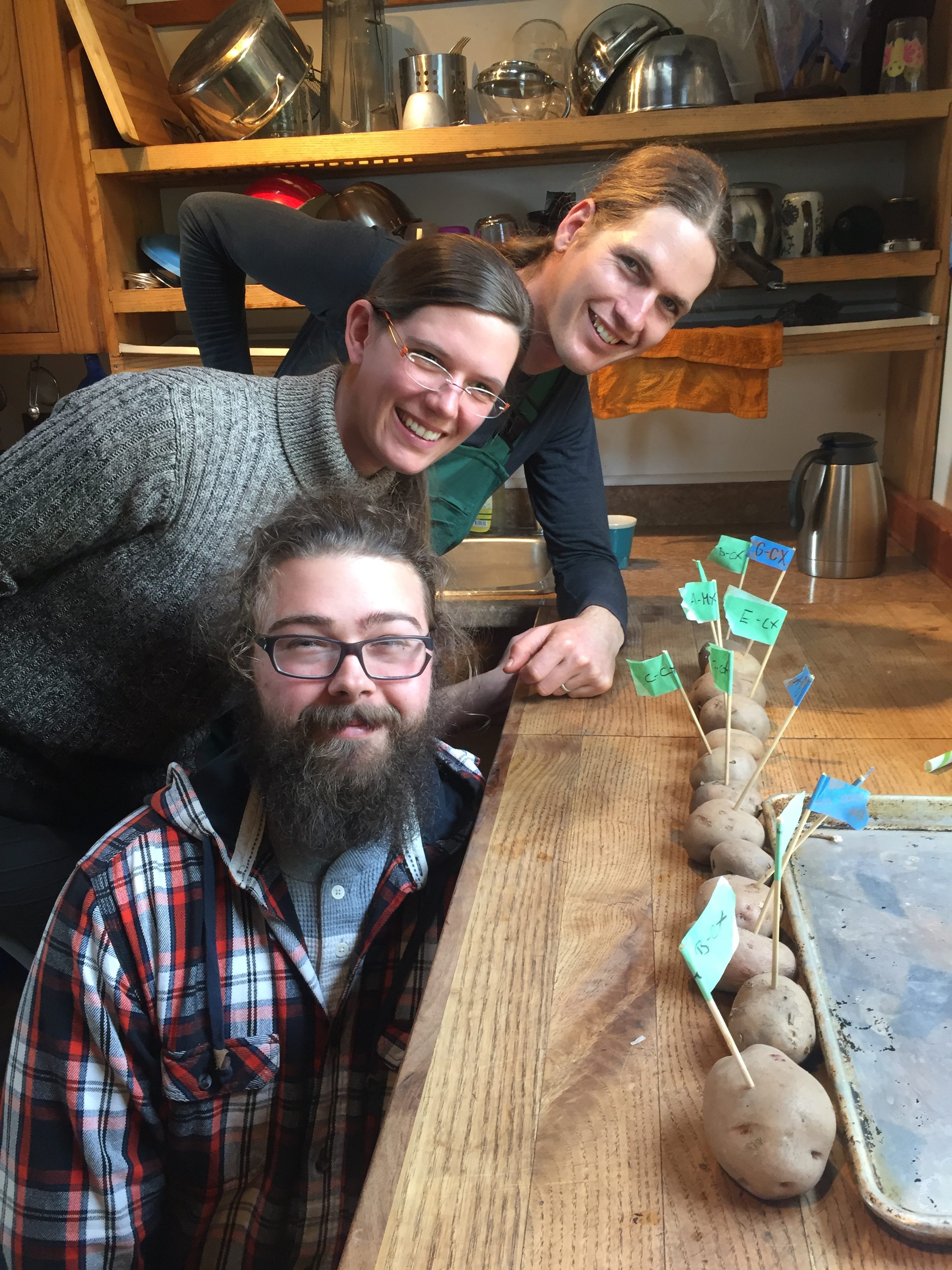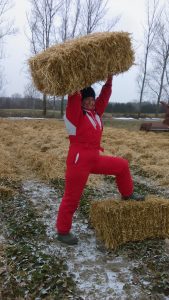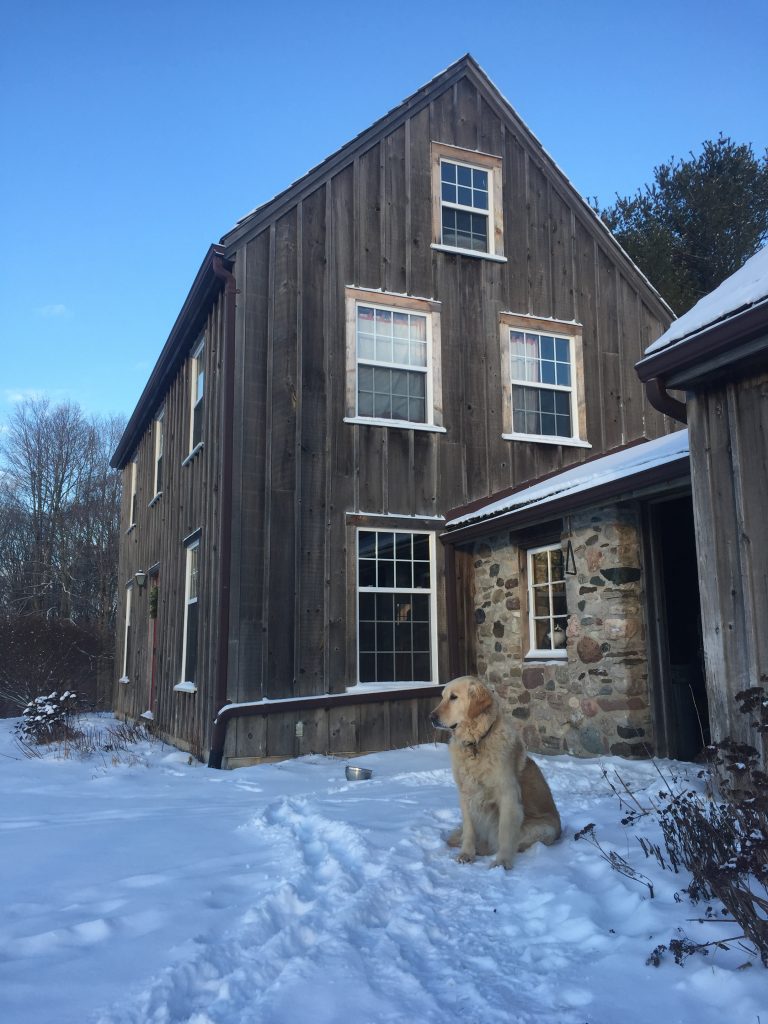As I sit at my computer, the wind is blustering outside and the occasional sheet of rain blows against the window. But the fire is warm and I’m getting hungry typing up the Pumpkin Breakfast Cake recipe. And I’m so surprised/appalled/relieved that Trump is the president of the United States and my little family has moved to Canada. You can guess which emotions are riding on which facts…it’s hard to concentrate on harvesting vegetables or which photo to put on the blog. However, there will be a lot of vegetables to pick up on Saturday and I want you to feel secure and confident that you have a plan for those vegetables! So here are a few recipes to get you excited.
Some of you noticed (or couldn’t help but notice) the film crew here last pick-up. They have been here a number of times, filming a documentary about working horses – people like us that use them for farming, as well as people that use horses for logging, or heavy horse pulling and shows. Ken, a seeming introvert, loves to spread the good word on horse farming and isn’t camera shy at all! Thanks for your patience with the filming – they won’t be here on pick-up day again.
We have been making (slow) steady progress on the bunkhouse renovation – you will notice on Saturday that all of the outside walls have been removed and replaced with stud walls. We have begun to replace the windows, and are awaiting the delivery of the new windows that we have ordered. Martha is planning the kitchen now. Next a mason is going to install a short stone wall around the bottom of the outside.
Finally, I would like to give a little shout out to Kelsey! She’s the remaining intern – she’s worked so hard this season, and she’s been putting up with the shoulder season odd ball work schedule. When she got into this, she didn’t even know she was signing up to drive horses, let alone plow! Lately she’s been the number one teamster and is taking care of all the chores. Also she might have to be the only intern (reluctantly) interviewed by the documentary team because she’s the only one left! If you see her, give her a fist bump of thanks and tell her she’s the best.
Roasted Squash with Sweet Spices and Lime
Another recipe from Plenty – the lime and cilantro are a nice way to play down the sweetness of the squash. If you’re not into the idea of cardamom, just do the squash slices plain, or with a little cumin and coriander (2 tsp cumin, 1 tsp coriander). The lime, though, is critical and so delicious. Serves 4-6.
2 limes, skin cut off, quartered and thinly sliced
Salt
1 Tbsp olive oil
2 Tbsp green cardamom pods (or sub 1 ½ tsp ground cardamom)
1 tsp allspice
3 Tbsp olive oil
1 medium butternut squash
½ C whole milk yogurt
2 ½ Tbsp tahini
big pinch salt
1 Tbsp lime juice
2 Tbsp water
1 green chile, thinly sliced (optional)
2/3 cup cilantro leaves, picked from the stems
Toss together the little peeled lime slices with a good pinch of salt and the olive oil. Set aside.
Pound the cardamom pods in a mortar and pestle until the pods split open. Remove the little black seeds and pound or grind in a spice grinder until finely ground. Place in a bowl with the allspice and 3 Tbsp olive oil.
Slice the squash in half lengthwise, scoop out the seeds and then slice into ½ inch thick slices. Leave the skin on (it’s easier to remove, if you wish, after it’s roasted – or just leave it on). Brush with all of the spiced olive oil mixture and sprinkle with salt. Place the slices on a parchment lined baking sheet.
Roast at 400˚ for about 15 minutes, until the squash is tender.
While it’s roasting, mix together the yogurt drizzle. Mix in a bowl the yogurt, tahini, lime juice, salt and water. It should be a pourable consistency.
When the squash is done, move it to a large platter. Sprinkle with the lime slices, the yogurt drizzle and then garnish with the green chile slices and the sprigs of cilantro. It’s very pretty.
Pumpkin and Orange Breakfast Cake
My favorite sweet pumpkin treat! I don’t know why it’s called ‘Breakfast Cake’ except to give you an excuse to eat it for breakfast. From ‘In the Sweet Kitchen’ by Regan Daley.
You can use any squash or pumpkin for this recipe, just bake it and scoop the flesh (no seeds or skin). My favorite lazy way to prepare squash or pumpkin is to stab it a few times and throw it in the oven on a cookie sheet (about 375˚) until it’s soft. It’s much easier to remove the seeds after it’s cooked because you don’t have to cut it open.
1 C butter, room temp
1 C sugar
2 Tbsp grated orange zest
3 eggs, room temp
1 C pumpkin or squash puree
1 ½ C all purpose flour
½ C pastry flour
2 tsp baking powder
¼ tsp salt
Preheat oven to 350˚
Butter a 9 inch fluted tube pan (or a few small loaf pans) and set aside.
Cream the butter, sugar and orange zest together until light and fluffy. Add the eggs and scrape the sides of the bowl. Beat in the pumpkin puree.
Sift together the flours, baking powder and salt. Add to the pumpkin batter in 3 or 4 stages, blending gently but thoroughly after each addition.
Scrape into the prepared pan(s).
Bake for 50-60 minutes (for a large pan), or 30ish minutes for smaller pans. The sides of the cake should be pulling away from the pan and a wooden skewer poked into the center should come out clean.
Orange Syrup (optional! It’s really good without it)
Juice of 1 large orange
½ C sugar
Combine the juice and the sugar in a small saucepan over low heat and stir until the sugar has dissolved. Increase the heat, bringing the syrup to a boil. Boil without stirring for 2 minutes, then use immediately, or allow to cool and refrigerate for up to 3 days. Spoon warm over individual slices of cake.
Baked Root Fries with Rosemary and Garlic
Why have potato fries when you could use rutabaga or parsnip? Rutabagas are a high source of zinc and just a half cup of parsnips provide us with 3 grams of fiber – and a high percentage of that is soluble fiber.
2 ½ Lb parsnip, rutabaga or carrot
3 tbsp. olive oil
½ – 1 tsp. sea salt
½ tsp. black pepper
4 cloves of garlic [minced]
4 sprigs of fresh rosemary
Preheat oven to 425º and line a baking sheet with parchment paper.
Wash and peel the root, then cut into french fry-sized pieces, about ¼” by ¼”.
In a large bowl, toss chopped root veg with minced garlic, olive oil, rosemary, ½ tsp salt, and pepper. Mix together using hands under the fries are lightly coated.
Bake for 35-40 minutes, removing once or twice to stir fries around on baking sheet.
Taste and sprinkle with additional salt if desired.
Dipping Sauce Ideas
Chipotle-Mayo Dip
¼ C veganaise or mayonnaise
2 Tbsp lemon juice
½ tsp chipotle pd (or 1 tsp minced canned chipotle)
½ tsp chile powder
¼ tsp sea salt
Mix all ingredients together in a small bowl
Sriracha Ketchup Dip
2 Tbsp sriracha hot sauce
2 Tbsp ketchup
Tahini-Yogurt Dip
½ C yogurt
2 Tbsp tahini
1 tsp minced garlic
1 Tbsp lemon juice
½ tsp salt
 If I’m being honest, I know that it’s August if I’ve had ratatouille and a good cry. Most of my resilience is used up by August and I don’t have much in reserve. I’m ready for a season change. It’s time to harvest so many things – which I love – no one who cooks or preserves can say that they don’t love a good bounty. But at the same time – it’s hot, everything needs to be picked and pickled, plucked and preserved all at the same time, and you’re trying to make sure that you have enough of everything else still growing to get through till frost. Oh, and there’s usually irrigation pipe to move, hay to cut (do I want it to rain or not to rain?) and 2 or 3 years of your life and fields to plan and prep for cover crops. So I usually have a good cry and get it all done and then in February look at photos and think how beautiful it all is!
If I’m being honest, I know that it’s August if I’ve had ratatouille and a good cry. Most of my resilience is used up by August and I don’t have much in reserve. I’m ready for a season change. It’s time to harvest so many things – which I love – no one who cooks or preserves can say that they don’t love a good bounty. But at the same time – it’s hot, everything needs to be picked and pickled, plucked and preserved all at the same time, and you’re trying to make sure that you have enough of everything else still growing to get through till frost. Oh, and there’s usually irrigation pipe to move, hay to cut (do I want it to rain or not to rain?) and 2 or 3 years of your life and fields to plan and prep for cover crops. So I usually have a good cry and get it all done and then in February look at photos and think how beautiful it all is!
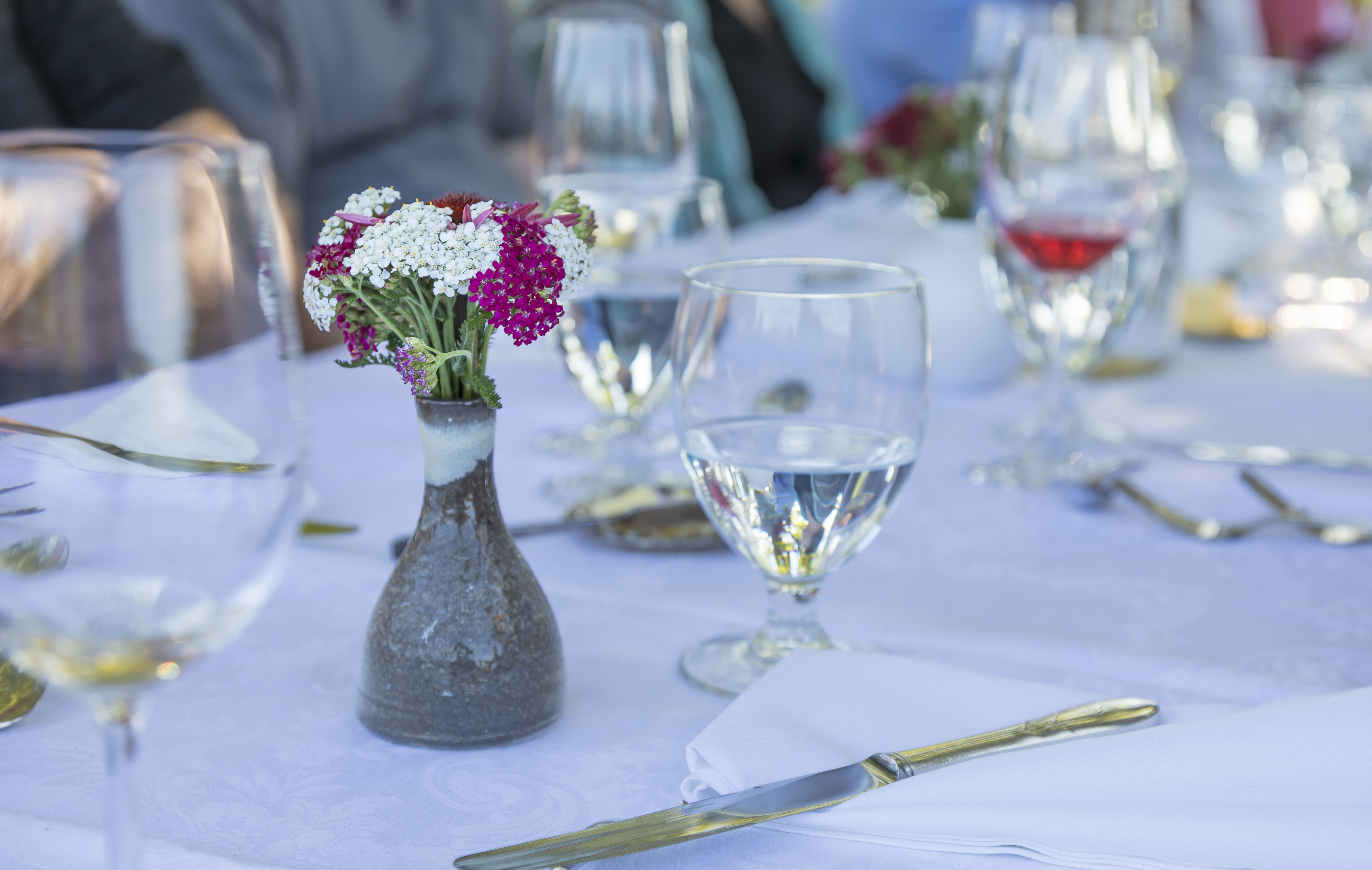 When I was a kid I thought everyone knew that the first line of defense for a toad is to pee. Toad pee was a part of my life, because I loved to catch toads. Just like I knew that you can’t eat rhubarb leaves because they’re poisonous (but toads love the moist mulch and cool shade of their leaves), and that if you had a bee sting and were out in the field, you could chew the leaf of a plantain and put the pulp on the welt to take the sting away. These are the lessons that I see my children learning on the farm, from people and from nature – the same lessons that I learned as a child here. I tried to explain to my husband recently that although I was open to talk of moving to another place, or to travel, and although we lived together in Portland, Oregon for 12 years – there would never be another place that was home because this land – the taste of the last tiny ripe strawberry, the smell of hay drying, the weight of the wind in August, the itch of peach fuzz – it has been such a tangible part of me that I can’t imagine having that relationship with any other place in the world.
When I was a kid I thought everyone knew that the first line of defense for a toad is to pee. Toad pee was a part of my life, because I loved to catch toads. Just like I knew that you can’t eat rhubarb leaves because they’re poisonous (but toads love the moist mulch and cool shade of their leaves), and that if you had a bee sting and were out in the field, you could chew the leaf of a plantain and put the pulp on the welt to take the sting away. These are the lessons that I see my children learning on the farm, from people and from nature – the same lessons that I learned as a child here. I tried to explain to my husband recently that although I was open to talk of moving to another place, or to travel, and although we lived together in Portland, Oregon for 12 years – there would never be another place that was home because this land – the taste of the last tiny ripe strawberry, the smell of hay drying, the weight of the wind in August, the itch of peach fuzz – it has been such a tangible part of me that I can’t imagine having that relationship with any other place in the world.
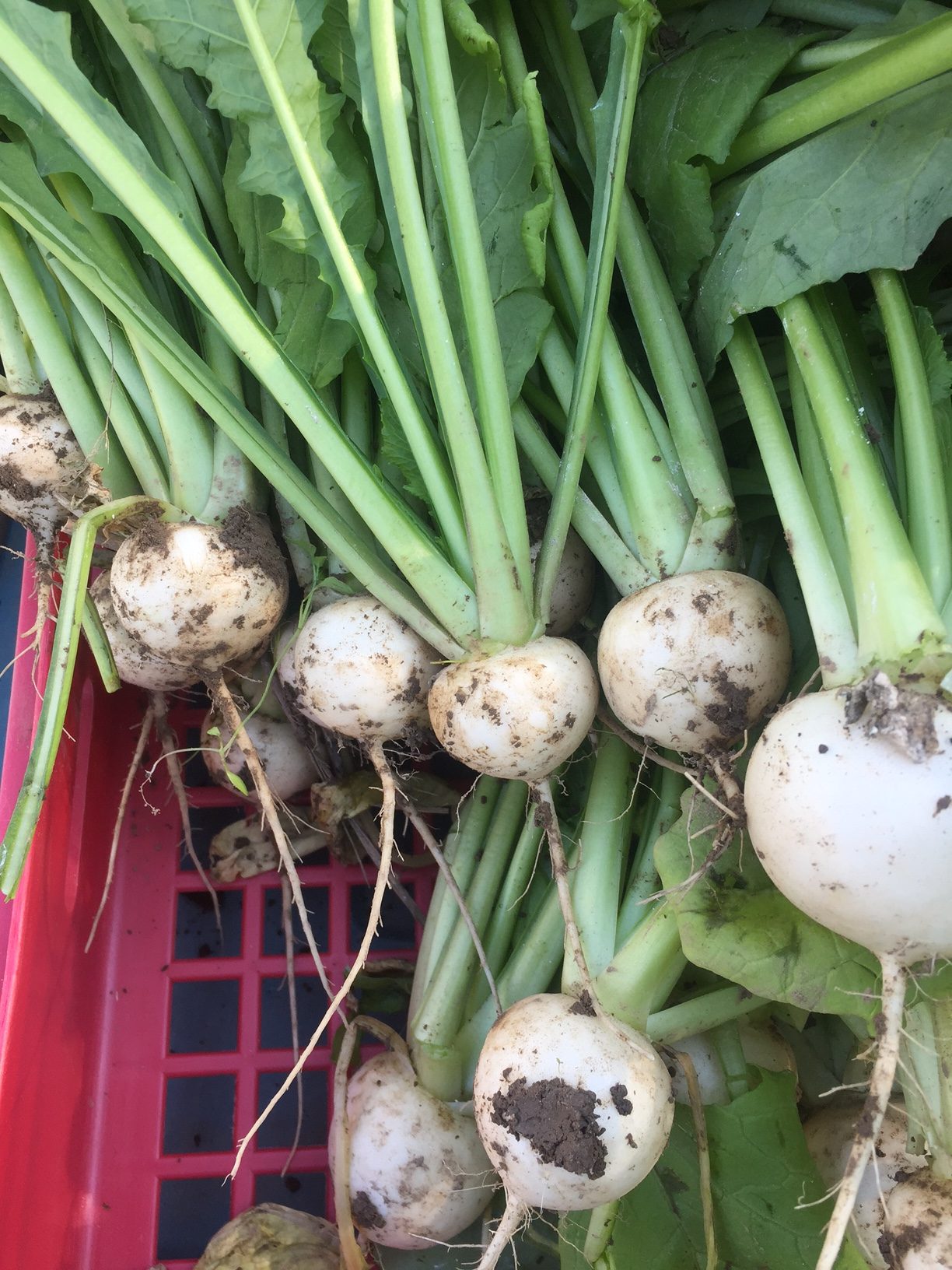 Don’t throw out those greens, either! They’re highly nutritious and really lovely added to a soup at the last moment – they have a peppery flavour that really livens up a root vegetable soup, or a chicken noodle soup. The greens are an excellent source of antioxidants such as vitamin-A, vitamin-C, carotenoid, xanthin, vitamin-K and lutein.
Don’t throw out those greens, either! They’re highly nutritious and really lovely added to a soup at the last moment – they have a peppery flavour that really livens up a root vegetable soup, or a chicken noodle soup. The greens are an excellent source of antioxidants such as vitamin-A, vitamin-C, carotenoid, xanthin, vitamin-K and lutein.
